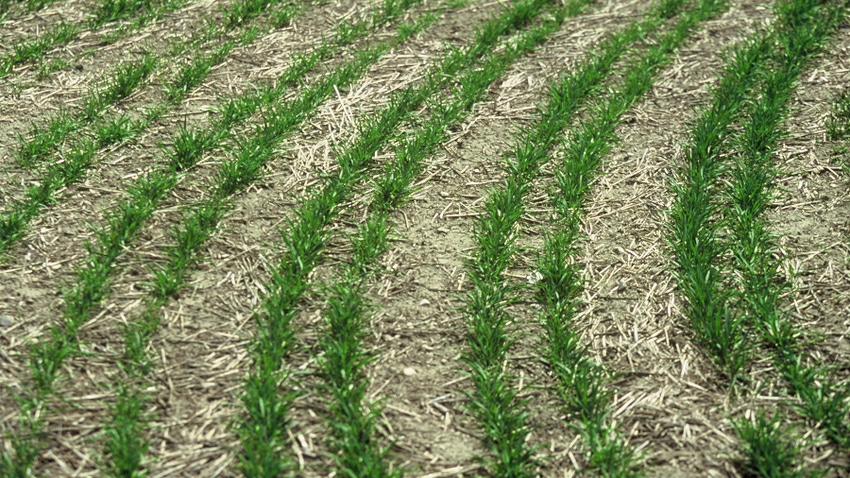January 26, 2024

Being in the midst of a strong episode of El Niño this winter reminded me of the extraordinary stories associated with the episode that took place during the winter of 1877-78. During an El Niño, the surface temperatures in the equatorial Pacific Ocean are warmer than normal. Scientists have confirmed only in recent years that the El Niño of 1877-78 was likely the strongest of the 19th century.
Its impacts on that Minnesota winter were striking and unmatched in the climate records. Even after 148 years of climate record-keeping, the winter (December through February) of 1877-78 remains the warmest in state history. For the three months of winter, temperatures averaged 10 to 14 degrees F above normal. In the Pioneer Era newspapers, it was referred to as “the year without a winter.”
Let’s dissect the details.
For December 1877, temperatures averaged from 12 to 18 degrees above normal, with several days reaching highs of 50 degrees just a few days before Christmas. In fact, the Minnesota Pioneer newspaper used the term “the Christmas of fresh flowers” because the weather was mild enough that many garden flowers had survived the fall season and pioneers could cut fresh flowers for Christmas bouquets. Some precipitation fell as rain rather than snow during December.
The agricultural soils did not freeze until January, and even then, they only froze to a depth of about 4 to 6 inches. The mild temperature trend established in December continued in January 1878. Though some days in January brought subzero temperatures to Minnesota, many other days brought afternoon highs that were 10 to 15 degrees above normal.
Overall, most climate stations reported the average January temperature to be 5 to 7 degrees above normal. Snowfall was scarce too, with less than 4 inches reported for the entire month across portions of southern Minnesota.
February 1878 opened cooler than normal, and dry too, with little precipitation over the first 10 days. Then a remarkably persistent warm spell began as temperatures climbed to 15 to 20 degrees above normal for the remaining two-thirds of the month. Many days reached 50 degrees or warmer under bright sunshine, and many nighttime temperatures never fell below the freezing mark.
Planting jump-start
What little snow cover existed at the beginning of the month soon melted, and soils thawed. With dry, southerly winds blowing, soils soon dried out and became tillable. Many farmers, new to Minnesota coming from other states or countries, decided it was time to plant their small-grain crops, and according to records from the Minnesota Department of Agriculture, much of the state was planted from Feb. 20-28. This is unthinkable in the modern context, but farmers are much more informed now. Most of the small-grain crops survived with a warmer-than-normal April and May, and the crop produced reasonable yields for the late 19th century.
One additional caveat to this story of the extreme early planting season in 1878 comes from the records of the University of Minnesota Southwest Experiment Station in Lamberton, where Wally Nelson was the superintendent back in 1981. February of that year was snow-free after the 13th of the month. Four days later began a remarkable and record-setting warm period. There were five consecutive days that brought temperatures in the low to mid-60s.
In an attempt to duplicate 1878, Nelson decided to plant his small-grain trial plots because the soils were dry and tillable by Feb. 20. Unlike in 1878, it did not work out so well, as temperatures as low as 11 degrees were measured in March, and there were repeated frosts throughout the spring of 1981, along with a number of high-wind events that caused lodging of the crops.
Nevertheless, Nelson and I had fun telling this story at farmer meetings throughout the subsequent years.
More on Minnesota’s weather history is available in my book “Minnesota Weather Almanac, Second Edition,” available at most bookstores or through the Minnesota Historical Society Press.
About the Author(s)
You May Also Like




